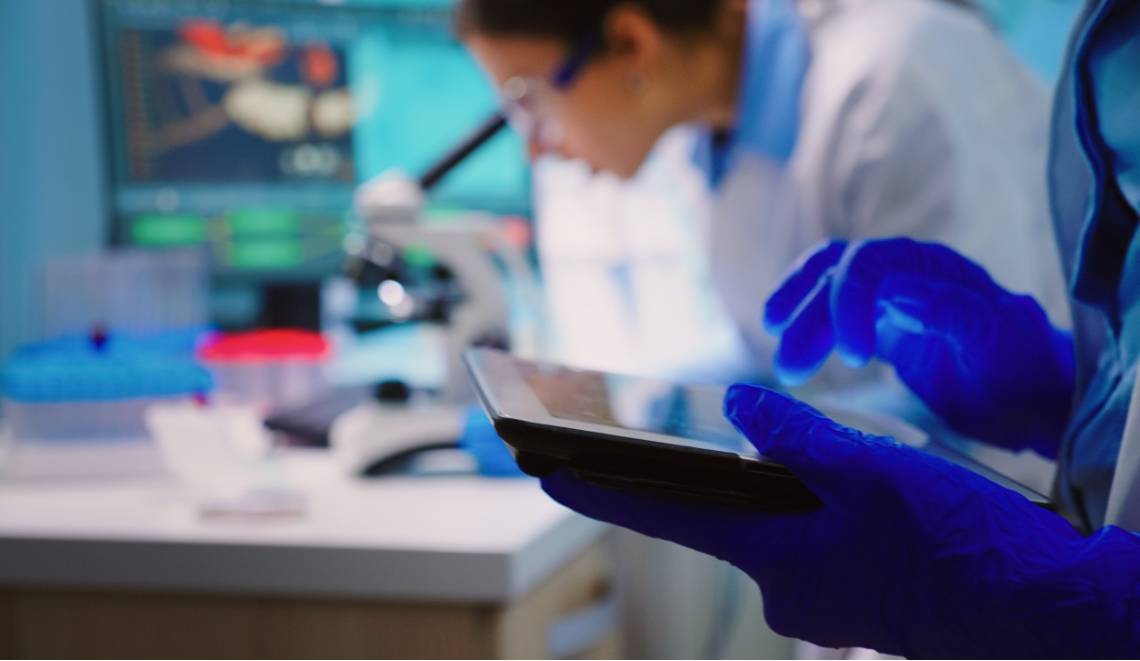

Allergies affect millions of people, often making everyday life challenging. Traditional allergy testing methods, such as skin prick tests and blood tests, have served us well for many years. However, new advancements in the field of allergy testing are making it easier to get accurate, comprehensive results in a more comfortable way. At Biopharma Informatic, we stay ahead of allergy testing innovations, ensuring that our research and clinical trials incorporate the latest advancements in diagnostics for more accurate and personalized patient care.
The Basophil Activation Test (BAT) is a newer approach that offers insights into how specific immune cells, called basophils, react to allergens. This test is particularly useful for identifying drug allergies and analyzing the severity of allergic reactions.
BAT involves exposing a patient’s blood sample to different allergens in a lab setting. The test measures the activation of basophils, which release chemicals like histamine when they encounter an allergen.
One of the most significant breakthroughs in allergy testing is the development of molecular allergy diagnostics, also known as component-resolved diagnostics (CRD). Unlike traditional methods that identify the general allergen source - like pollen or certain foods - this technique goes deeper, identifying specific proteins or molecules within these allergens that cause allergic reactions.
CRD uses blood tests to detect Immunoglobulin E (IgE) antibodies to individual allergen components. By focusing on specific proteins, this method can offer a more precise diagnosis, helping to differentiate between true allergies and cross-reactions that may occur when similar proteins are found in different allergens.
The convenience of at-home testing has now extended to allergy testing. At-home allergy testing kits allow individuals to test for various allergens without leaving their homes. These kits typically require a blood or saliva sample, which is then sent to a lab for further analysis.
After purchasing a kit, you collect a sample following the provided instructions and mail it to the laboratory. The lab analyzes the sample for specific IgE antibodies and then provides a report detailing potential allergens.
While these kits are convenient, they may not be as thorough as tests done in a clinical setting. It’s important to follow up with a healthcare provider to confirm results and discuss any necessary treatments.
Epicutaneous allergy testing, commonly known as patch testing, is a newer, non-invasive method of allergy testing. This method involves placing a patch containing allergens on the skin, typically on the back, and leaving it in place for 48 hours.
The patches contain different allergens in a controlled environment. After 48 hours, the patches are removed, and the skin is examined for any reactions. This method is especially helpful in diagnosing contact allergies, such as those triggered by metals, chemicals, or fragrances.
Advances in genetics are beginning to shed light on the role genes play in allergies. While still in the early stages, genetic testing for allergies has the potential to revolutionize how we understand and manage allergies.
Genetic tests analyze a person’s DNA to identify genetic predispositions to allergies. By identifying specific genes associated with allergic conditions like asthma or eczema, these tests can offer insights into a person’s allergy risk.
Allergy testing is changing rapidly, with new technologies making it easier to diagnose and manage allergies more accurately and comfortably. From molecular diagnostics to at-home testing kits, these innovations offer promising new ways to understand and treat allergies. As these technologies continue to develop, they hold the potential to greatly improve the health for allergy sufferers, offering more personalized and effective care. Whether you’re dealing with allergies yourself or are interested in the latest medical advancements, staying informed about these developments is key towards the future of allergy testing.